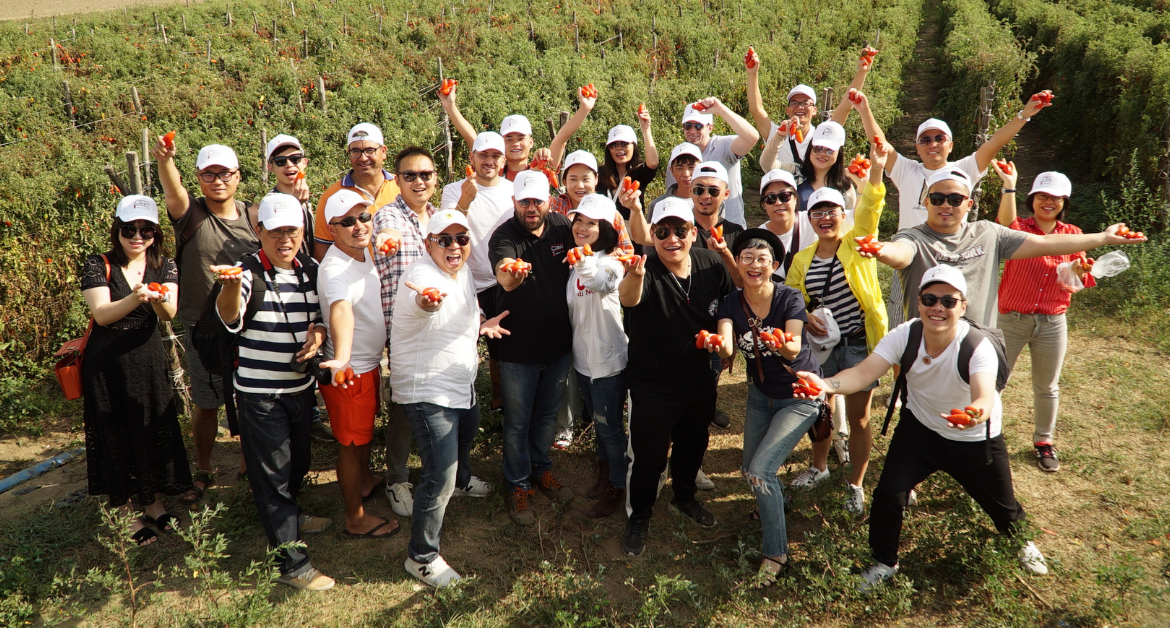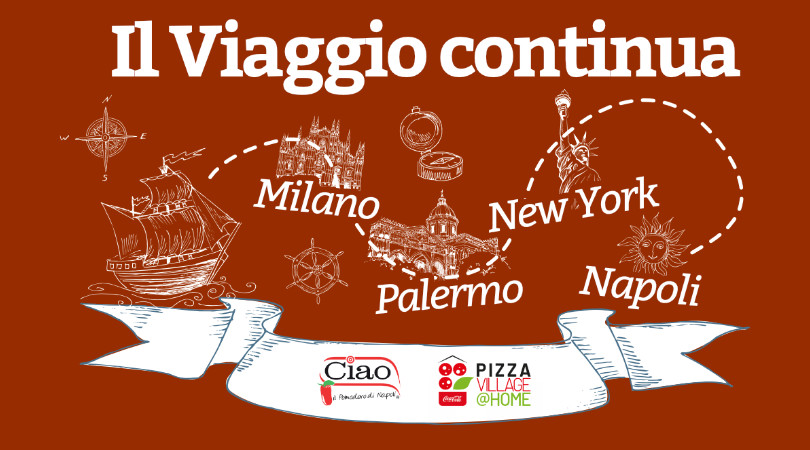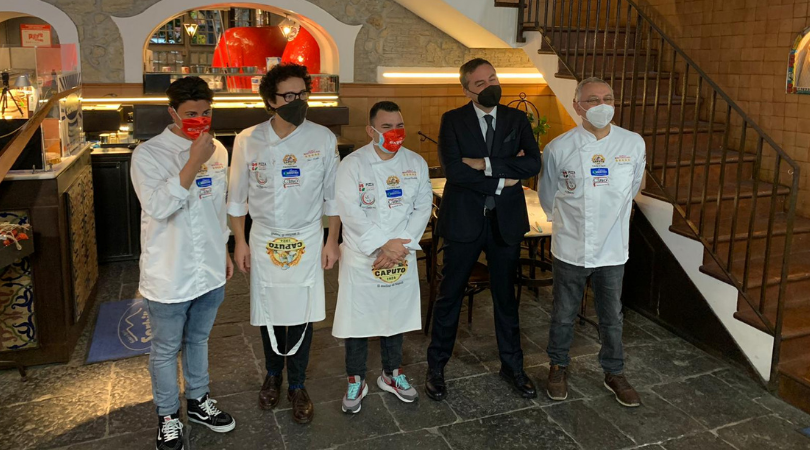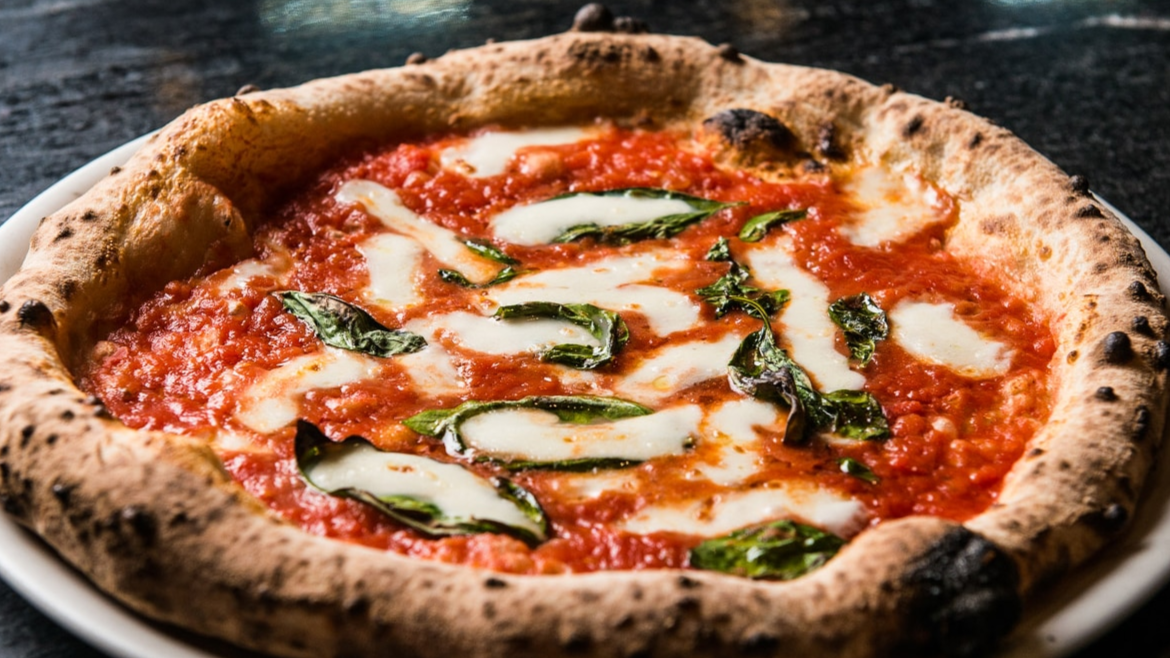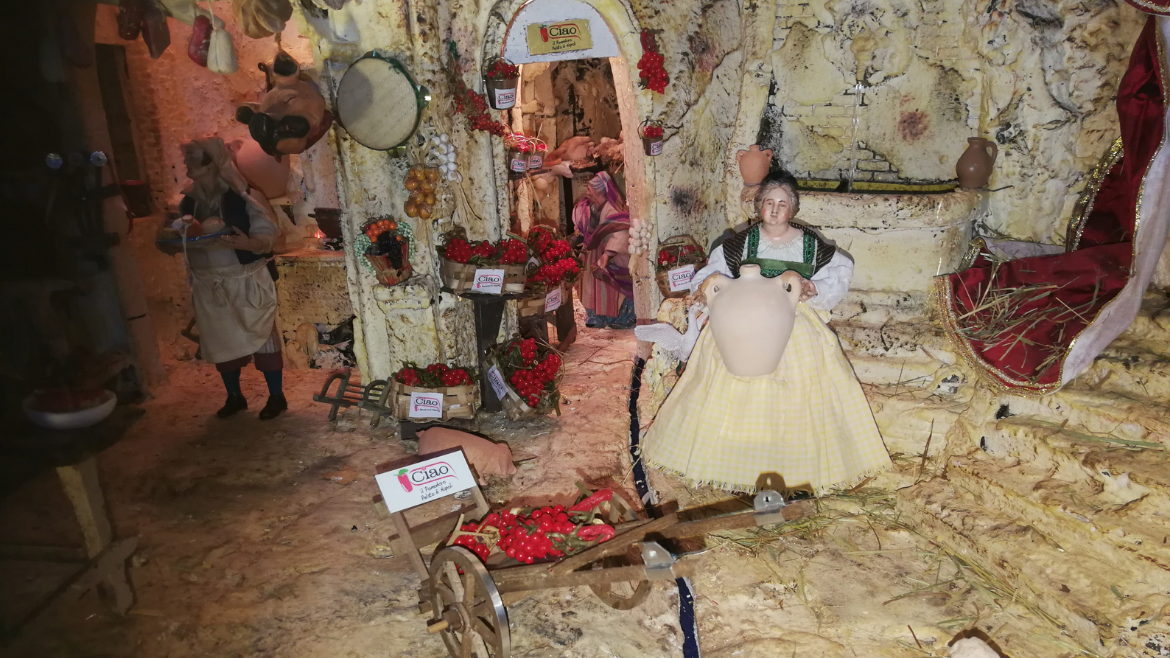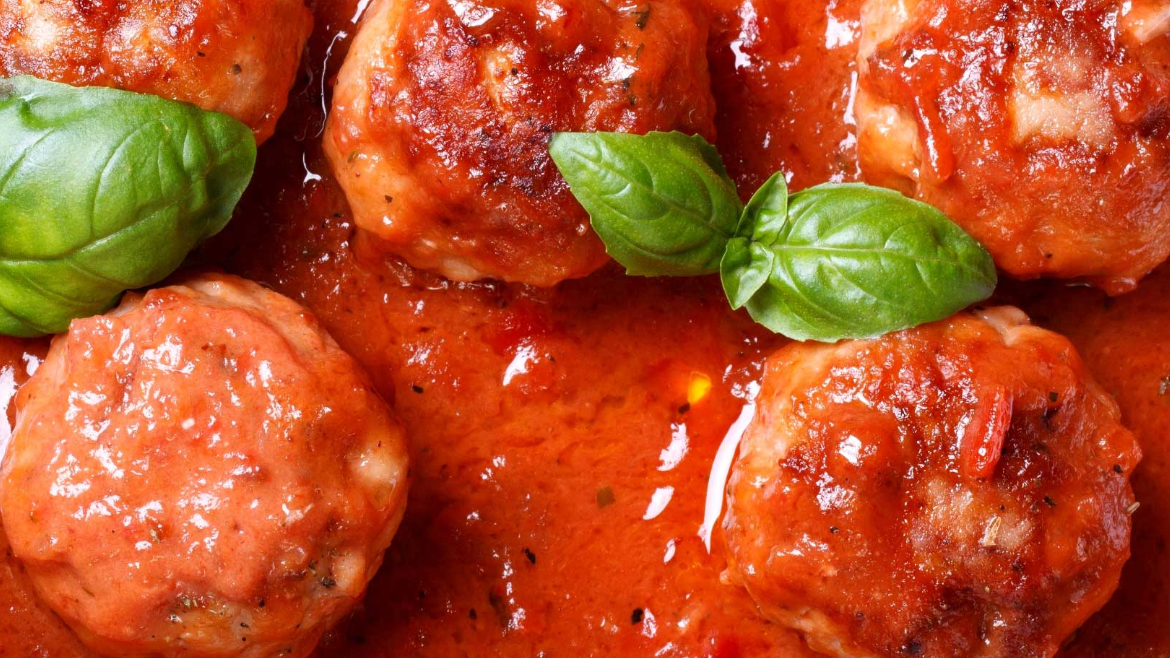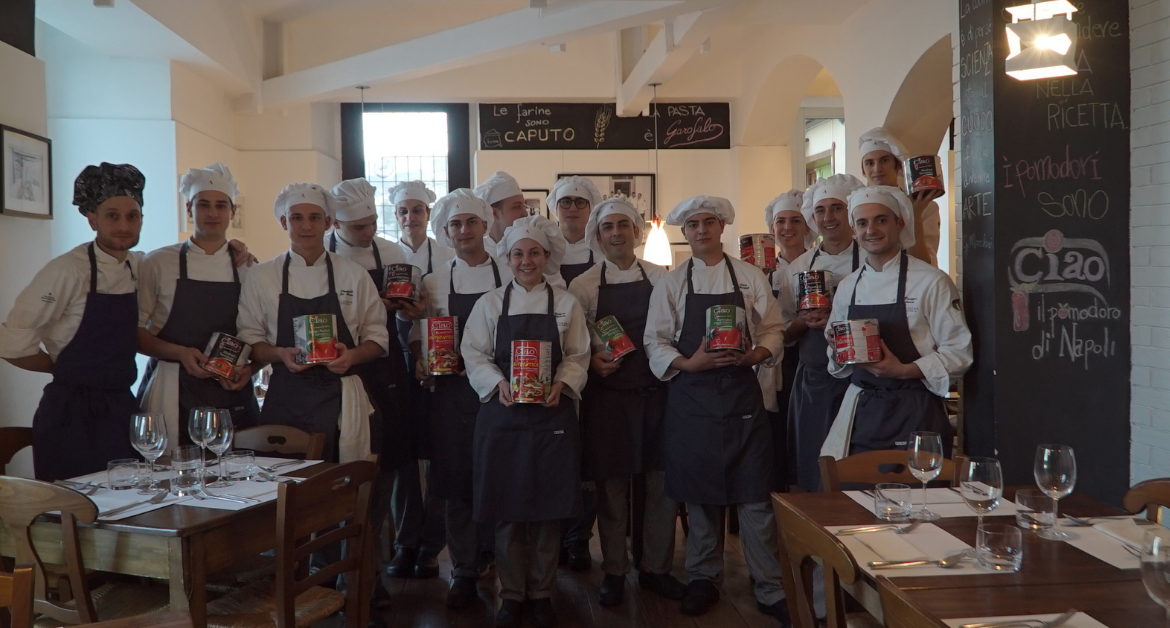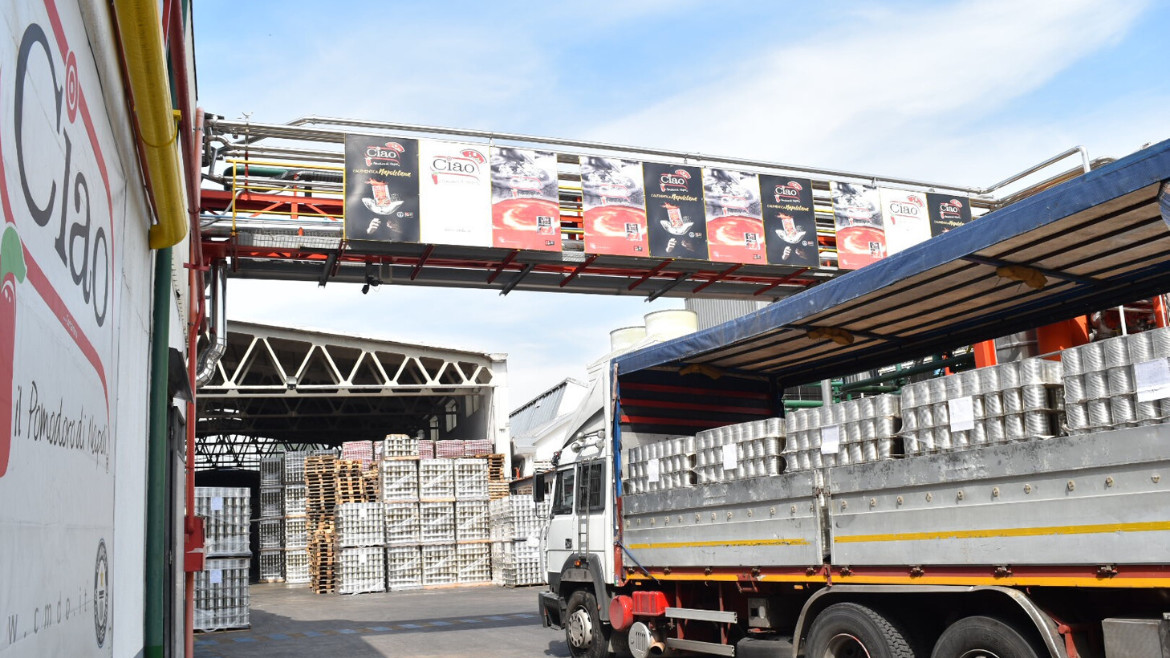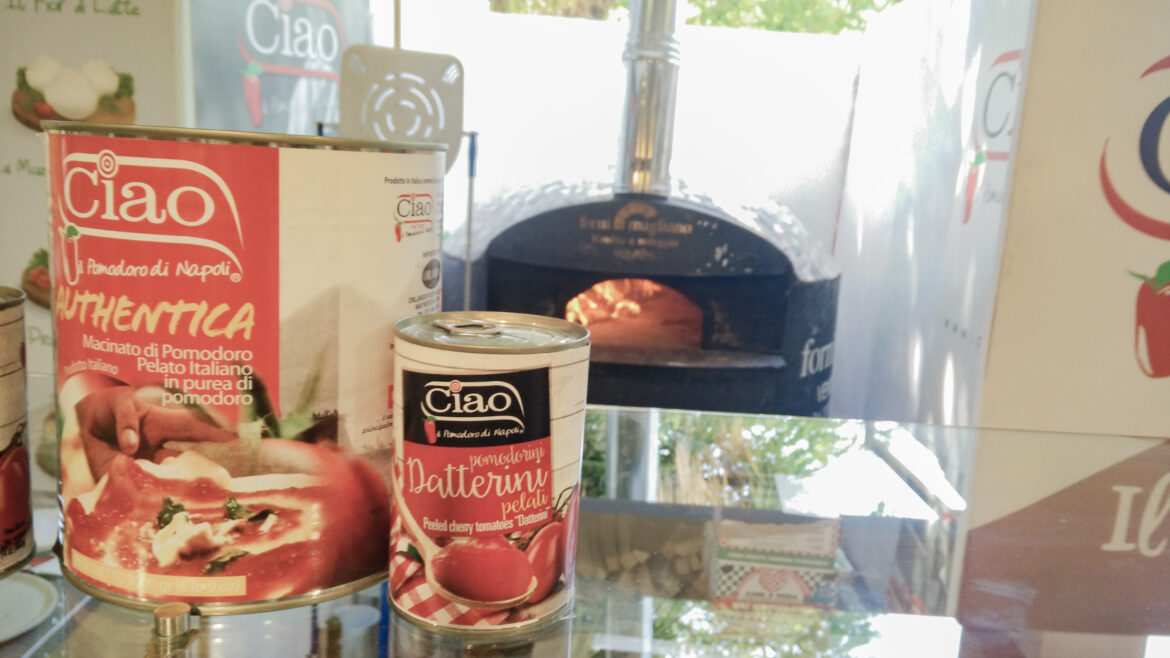IGP: Ciao – Il Pomodoro di Napoli in defense of tradition
While preserving its mission tied to exporting the know-how of Southern Italy to more than 95 countries, Compagnia Mercantile D’Oltremare (CMDO) – with its main brand Ciao – Il Pomodoro di Napoli – keeps a strong bond with the territory.
After all that between the tomato and Southern Italy as its chosen homeland is a long love story whose roots go back over the centuries.
Tomato arrived in Italy in the Sixteenth century as an ornamental plant being soon adopted by all Italian courts.
Its fruits were round and yellow.
In the next three centuries, thanks to the know-how of our farmers, the fertility of our land and some lucky action of Darwinian selection, tomato gradually evolved into an edible fruit, long and red.
And now we arrive at the beginning of the Nineteenth century, in Naples, where the San Marzano tomato will grow: long, red and extremely tasty.
Soon the Campanian housewives discovered that it was possible to preserve tomatoes in order to bring summer to the dining table all year round.
So at the beginning of the nineteenth century from the skills and care of the Campanian housewives the artisanal tradition of the tomato preserve was born.
It is exactly from this artisanal manufacture that the modern industrial preservation process adopted in the 1900s by Francesco Cirio comes, as testified by (and not by chance) the indication on the label of the words “Pomodoro Napoli”.
And it is this passage that makes us understand how the peeled tomato is closely tied to the canning process that makes it famous all over the world and therefore to the Neapolitan territory where it all began.
For this exact reason the founder of CMDO, Lino Cutolo, in 2014 formed a committee presided by him aimed to protect the peeled tomato and to push for the award by the European Union of the IGP status (i.e. protected geographical indication) to this unique product, making himself the promoter of the protection label.
Why do we need a trademark to protect the peeled tomato?
The IGP is a recognition that strongly binds a product to its territory. The link can be of two types
that between organoleptic characteristics of a product and its geographical origin and
the link between a processing method and the culture of the territory of origin.
As we have seen, the process of preserving long tomatoes has been closely tied to the Neapolitan tradition for more than a century, precisely because of the link between the product and the traditional preservation method borne in Campania.
People believe that Neapolitans know how to work this product better than others as Naples is the home of pizza and tomato macaroni too.
The story started in 2014 by Lino Cutolo, patron of CMDO, continues in March 2021 with the Mipaaf – the Ministry of Agriculture and Forestry – accepting the request for recognition made by Campania’s canners, starting the procedure for the creation of an IGP Pelato di Napoli to protect and defend the product from unfair competition on the international markets, where Naples is practically synonym of the whole of Southern Italy.
This is a marketing operation aimed to protect the peeled tomato from possible foreign counterfeiting, putting under cover a unique way of working the tomato that gives prestige and safeguard to the entire sector of Southern Italy and agricultural processing of this product, a true prince of authenticity.
“Only by bringing the uniqueness of our know-how to the world – concludes Lino Cutolo, founder of CMDO – will we be able to give new breath to a market that is strongly at risk of decline, but which deserves all the laurels of the identity that only tradition can give!




